Syn.: Carex erxlebeniana Kelso, Carex heliophila Mack., Carex pensylvanica var. digyna Boeckeler, Carex pensylvanica subsp. heliophila (Mack.) W. A. Weber
Family: Cyperaceae Juss.
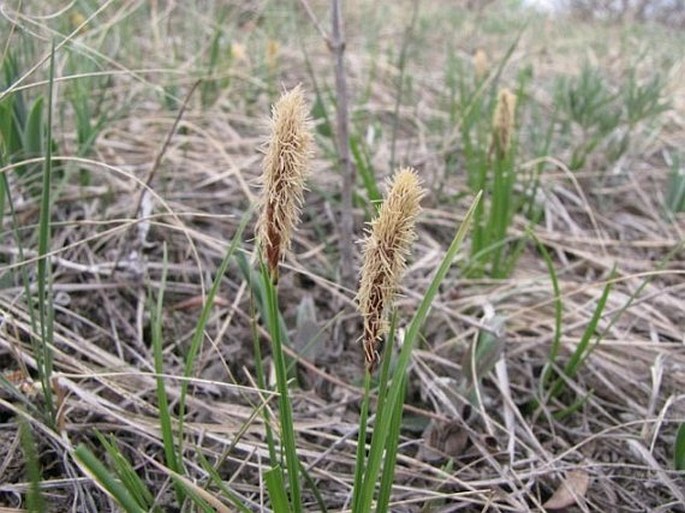
Distribution: North American species, found in the prairies from Alberta to Ontario and from Montana to New Mexico, Michigan and Indiana. The nominate subspecies C. i. subsp. inops occurs on the Pacific Coast from British Columbia to California with the recognition feature, the longer flower spike.
Ecology: Dry sandy prairie, open forest, at elevations from 100–1500 m. Blooms from early spring to about July.
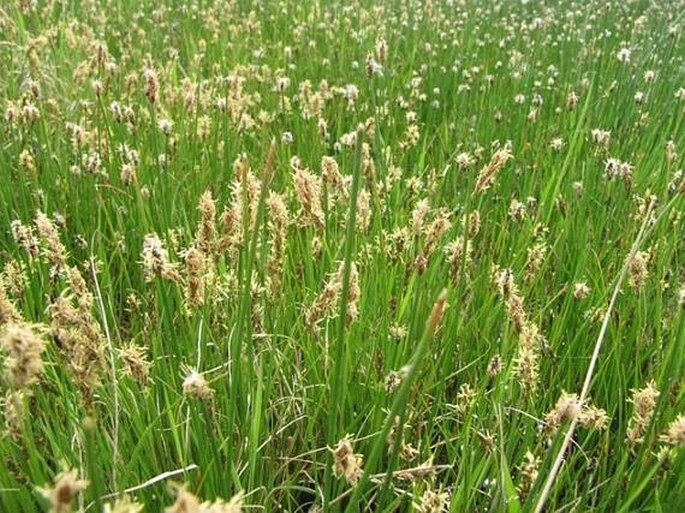
Description: Perennial herb, stem 5–30 cm tall from stolon-like rhizome. Stems triangular in cross-section, tufted, fibrous at base. Leaf blades stiff, erect, 5–20 cm long, 1–3 mm wide. Inflorescences with both male and female spikes, 15–50 cm tall, terminal, leaf-like bract under the spike; male spike club-shaped, 5–20 mm long, female spikes 1–3, 5–10 mm long. Perigynia yellow-green, obovate, 2.8–4.6 mm long and 1.5–2.2 mm wide, hairy, beak 0.4–1.3 mm long; stigmas 3.
Note: Genus Carex contains about 2000 species, which occur almost worldwide.
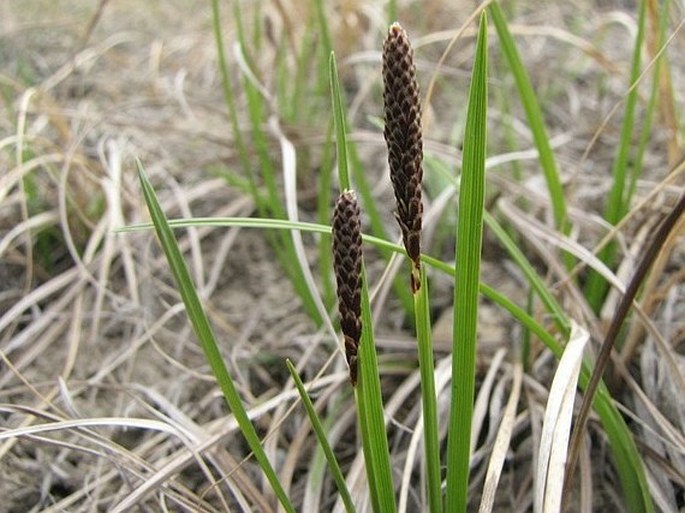
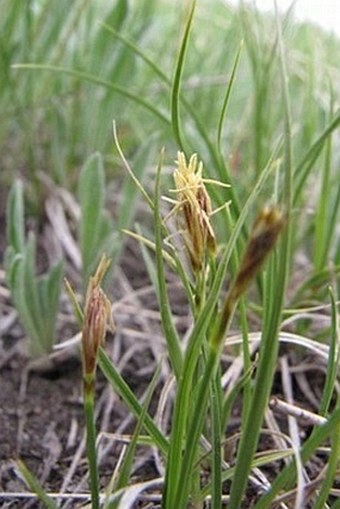
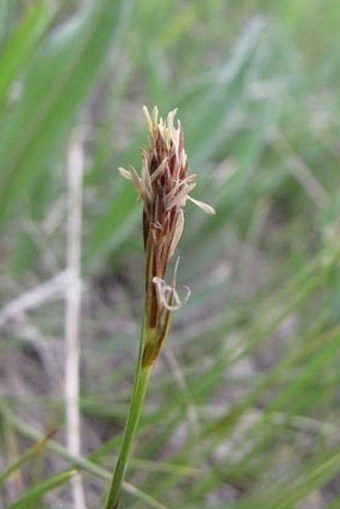
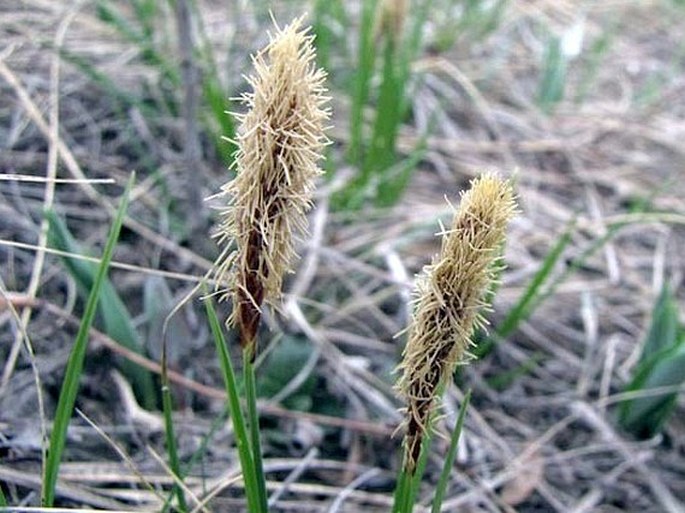
These images were taken in Canada, Alberta, Calgary, Edworthy Park (May 2013) and Red Deer Sloughs (June 2013).


